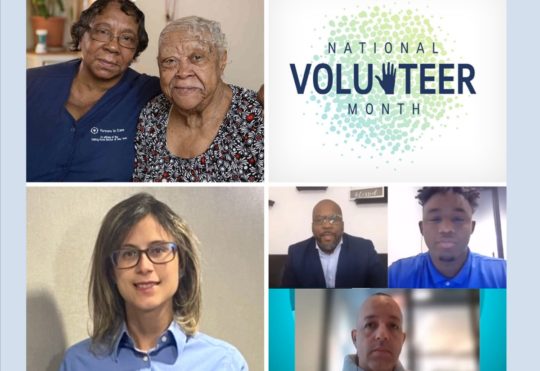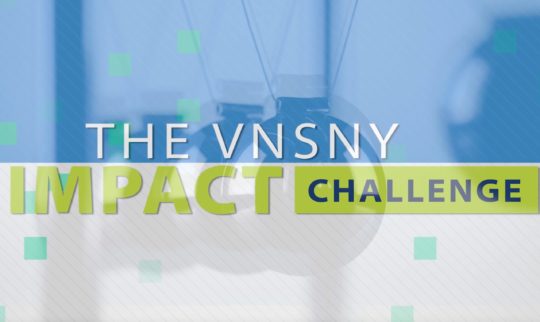An Interview with EVP and Chief Financial Officer Dan Savitt

Executive Vice President and Chief Financial Officer Dan Savitt, who joined VNSNY in January 2018, oversees finance in all VNSNY programs and corporations, and is also responsible for Information Technology and Data Science and Strategic Analytics.
How would you sum up healthcare economics today?
At the most basic level, the demand for health care services, and therefore the cost associated with these services, is outpacing the funding. Whether we’re talking about a government funding program, a managed care plan, or a self funded employer, the pressures of the demand for services are straining the system—and the need for care is only continuing to grow as the population ages. As a result, stakeholders are looking to bend that cost curve by reducing unnecessary or avoidable services. A big component of this involves helping people manage their health in a home setting, and VNSNY is in a great position to do that. We’ve shown that we can help the frailest and most at risk populations reduce the amount of hospital and outpatient care they need, both on our provider and our payer side—and our ability to do this is improving all the time.
How is VNSNY accomplishing this?
Our Population Health division is designing care pathways that let us manage care of our patients and members more effectively, by connecting them with a range of timely services. The fact that we have clinicians and home health aides in our patients’ and members’ homes is a big plus, because it lets us intervene quickly if someone develops troubling symptoms or problems handling activities of daily living. We’re also moving increasingly to value-based purchasing contracts with our payers, which means we’re getting reimbursed for our good results.

How do these value-based arrangements work?
We just completed a very successful Bundled Payments pilot with Medicare, and we also have case rate agreements with HealthFirst, Anthem, Medicare, Aetna, and our own VNSNY CHOICE Health Plans division. Under these contracts, we get bonuses if we reduce members’ rehospitalization rates and get penalized if those rates go up. Over the past two years, we’ve measurably reduced rehospitalization rates for CHOICE and other payer partners. Based on these consistently positive outcomes, we’re now looking to expand these valuebased contracts to a broader population.
Are such collaborations between VNSNY’s provider and CHOICE divisions becoming more prevalent?
Yes. We’re very focused on leveraging VNSNY’s dual role as a provider and a payer. This includes using our provider services to support the health of CHOICE members. Since CHOICE also cares for a vulnerable population, reducing costs by avoiding unnecessary services and improving the overall quality of care on our provider side helps CHOICE’s bottom line. We’ve begun using our Partners in Care licensed home care services agency to conduct CHOICE members’ annual assessments as well, which offers a great opportunity to identify members’ medical risks. We’re also rolling out a complex care management program for the sickest members of CHOICE’s integrated health plans in 2019, and we plan to market that program to other payers in the future.
Are you saying that providing better value in managing people’s health at home will be a cornerstone of healthcare economics going forward?
Yes, that’s exactly right. Payers are the ultimate funders of U.S. health care, and for them to succeed, they need to partner with providers who can deliver quality, cost-effective care. With our experience and expertise, VNSNY knows how to do that. We want to be payers’ home care provider of choice. Similarly, on the payer side, we want CHOICE to be the insurer that vulnerable New Yorkers turn to for outstanding, cost-effective care management.
To hear more from Dan about VNSNY’s strategic goals and financial sustainability, click here.

